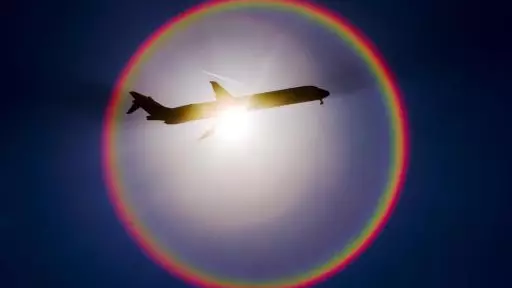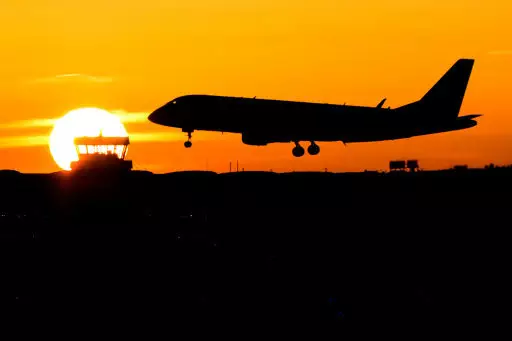
They are built to take off at around 180mph, they can fly at 30,000 feet, but it's been reported that some planes are struggling to fly due to the heat in America.
To be fair, we are all struggling.
More than 40 flights have been cancelled in Phoenix, Arizona, because it's too hot to fly, reports the BBC.
Temperatures in the south-western state are expected to hit 49C (120F) on Tuesday, higher than the operating temperature of some planes.
American Airlines have had to cancel dozens of flights from Sky Harbor Airport, as the heat means the state comes close to breaking its all-time temperature record, currently at 122F, which it hit on June 26 1990.
Local news outlets in Phoenix said cancellations have largely affected regional flights, on planes such as Bombardier CRJ airliners, which have a maximum operating temperature of about 118F (48C).

Credit: PA
Advert
So why can't planes fly? Time for a science lesson.
At higher temperatures, air has a lower density (it's thinner). That lack of density reduces how much lift is generated on an aircraft's wings - a core principle in aeronautics.
Pilot Patrick Smith told Business Insider: "Hot air is less dense. This affects the output of the engines as well as aerodynamic capabilities, increasing the required runway distance and reducing climb performance.
"Therefore the amount of passengers and cargo a plane can carry are often restricted when temps are very high.... How much so depends on the temperature, airport elevation and the length of the available runways.
"And getting off the ground is only part of it: once airborne, planes have to meet specific, engine-out climb criterion, so nearby obstructions like hills and towers are another complication."

Credit: PA
In 2016, a report by the International Civil Aviation Organisation (ICAO) states that climate change, and resultant higher temperatures, could have 'severe consequences' for aircraft take-off performance going forward.
Bigger planes (which can usually operate up to 126-127F/ 53C) have not been affected by the heat in Arizona, but such issues arising from the scorching conditions can help to explain why many countries in the Middle East, or some high-altitude airports in South America, tend to schedule long haul flights for the evening or night, when it is cooler.
Elsewhere in America, the Death Valley National Park Service has issues a warning to visitors to avoid hiking after 10am, and to 'travel prepared to survive'.
Featured Image Credit: PA